Finally...
The Indigo was created to showcase Ford's Indy car technologies, including new materials and construction techniques as well as powertrain and aerodynamic enhancements. The monocoque chassis was developed in conjunction with Reynard Motorsport as a single piece tub made of a carbon fiber composite material, to which the suspension is directly attached. The suspension was a direct copy, in design and materials to Reynard's various Indy cars, only having to be modified... d slightly to allow for a two passenger layout.
The working Indigo had a 6.0L V12 48 valve DOHC 435 hp (324 kW) at 6100 rpm engine which used the parts and specifications from Ford's Duratec V6 engine found in the Ford Taurus and Mercury Sable. The engine has no relation to the V12 used in the Ford GT90 concept a year earlier (using parts from the Modular V8), despite both being a 6.0L V12. This engine would later go on to power many cars by Aston Martin. The engine was bolted directly to the chassis, and is a load-bearing member for some suspension components, as is found with most Indy cars. The transaxle is a 6 speed unit with a manual clutch, and steering wheel mounted push button gear shifting, developed by Reynard for its Indy cars. Ford claimed that the engine was so efficient that it should be capable of 28 mpg-US (8.4 L/100 km; 34 mpg-imp) on the highway.
read more
Specifications
General Characteristics
- Predecessor Ford Indigo
- Successors 1 airplane(s)
- Created On Windows
- Wingspan 16.5ft (5.0m)
- Length 25.0ft (7.6m)
- Height 7.5ft (2.3m)
- Empty Weight 14,792lbs (6,709kg)
- Loaded Weight 15,507lbs (7,034kg)
Performance
- Wing Loading 88.3lbs/ft2 (431.2kg/m2)
- Wing Area 175.6ft2 (16.3m2)
- Drag Points 6318
Parts
- Number of Parts 152
- Control Surfaces 0
- Performance Cost 631


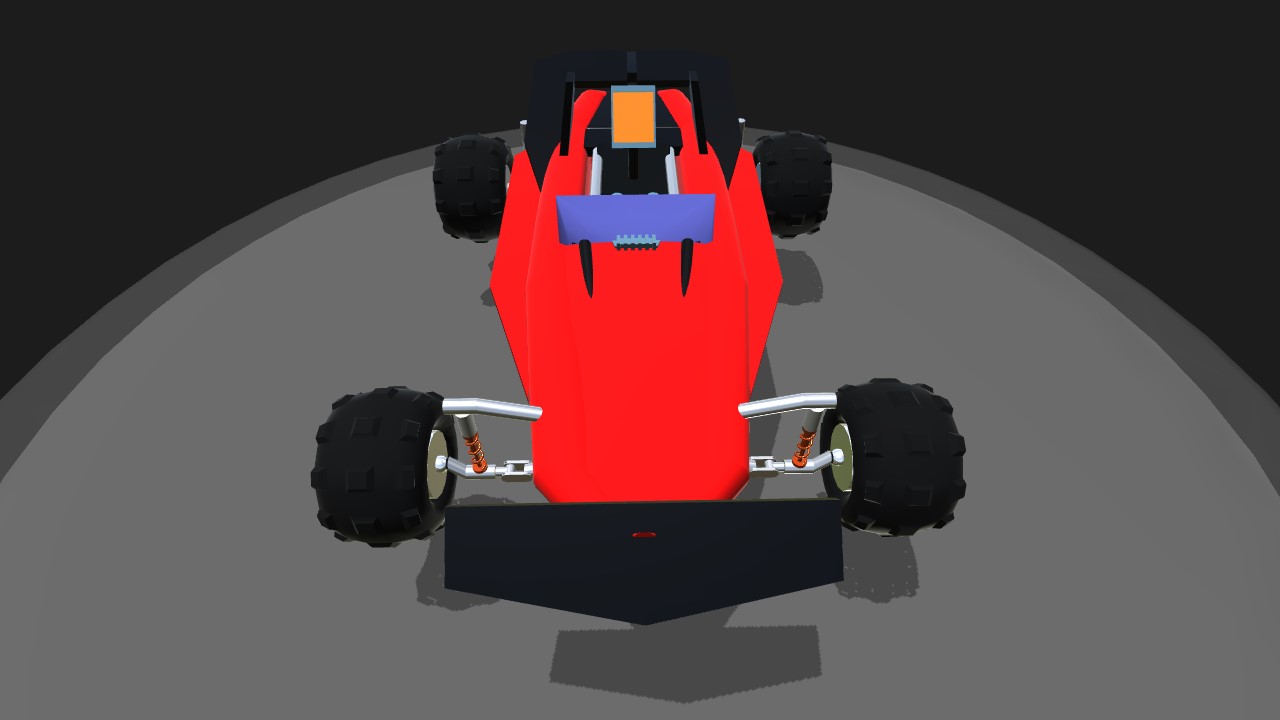
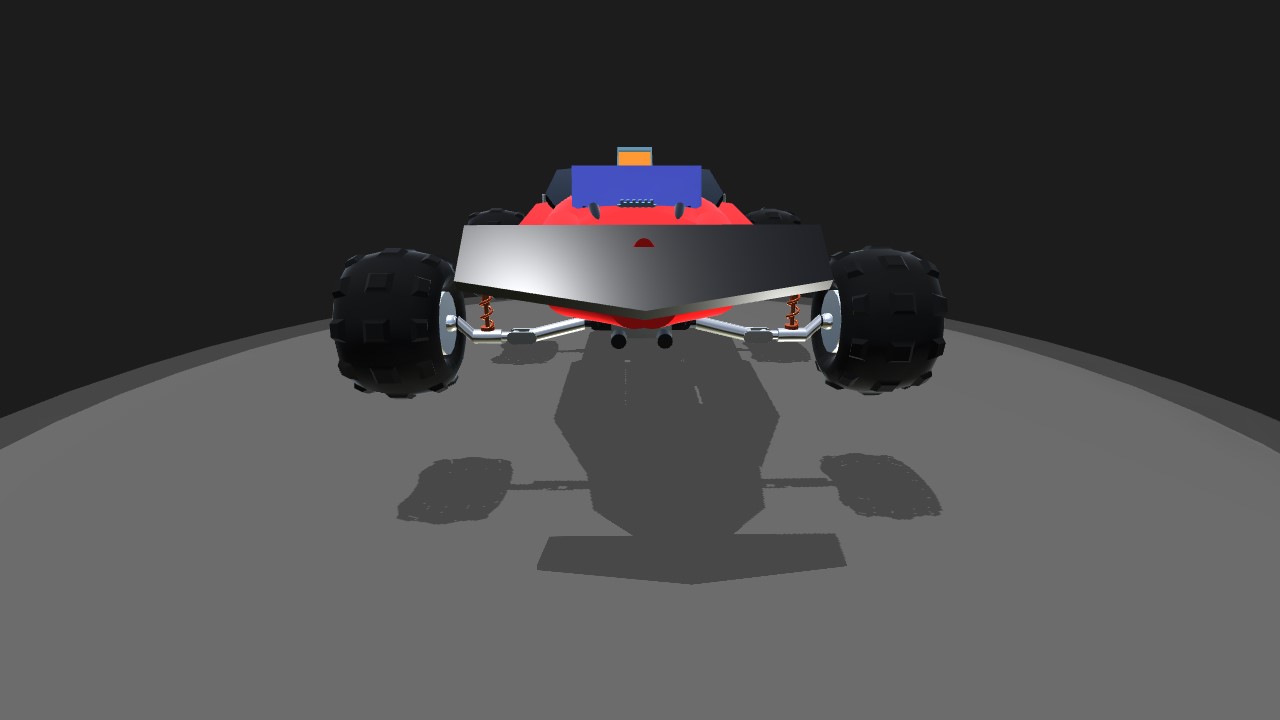
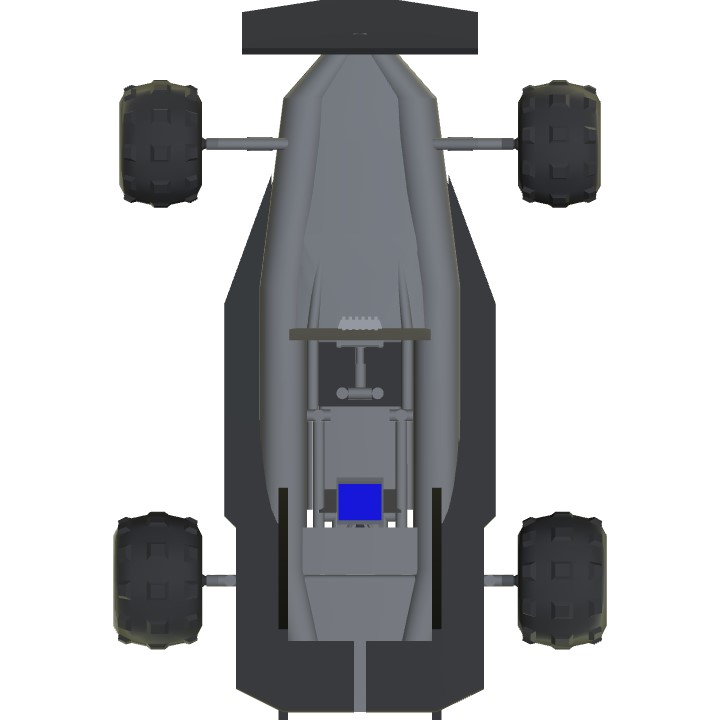
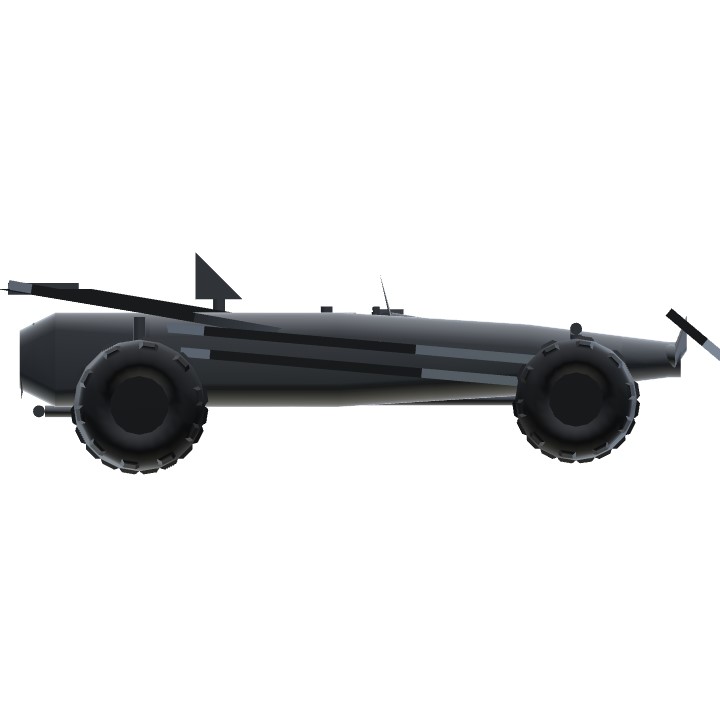
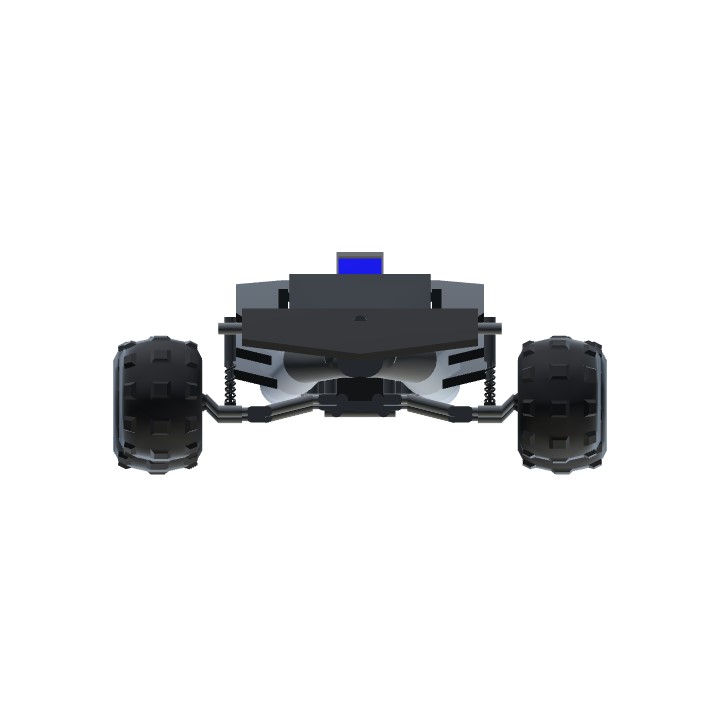
@SkullsAndCrossbones not really...
@SkullsAndCrossbones Thank You
ups.. 152...
@helilover03 Thank You